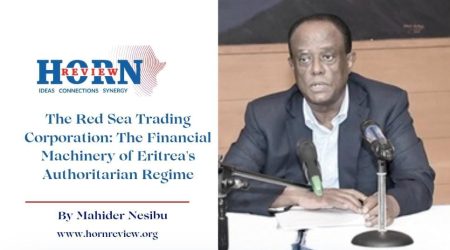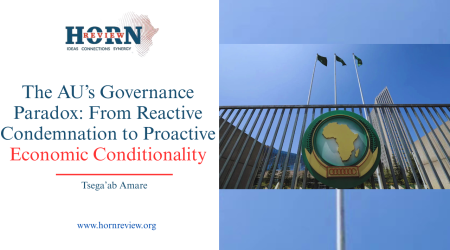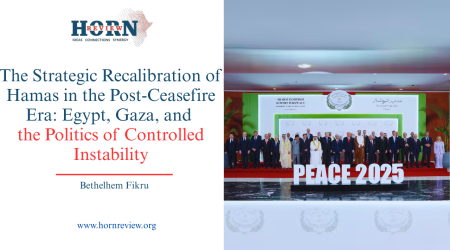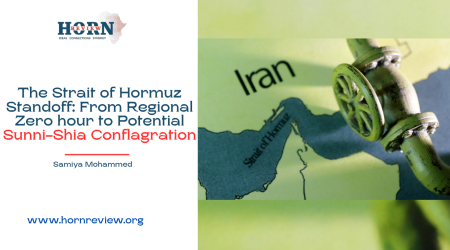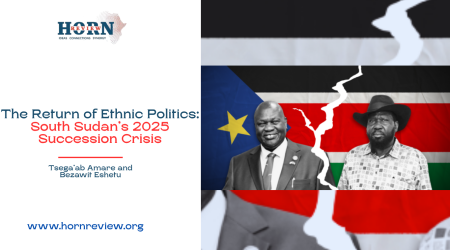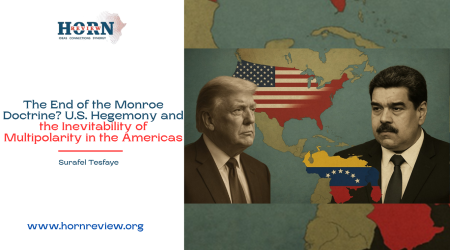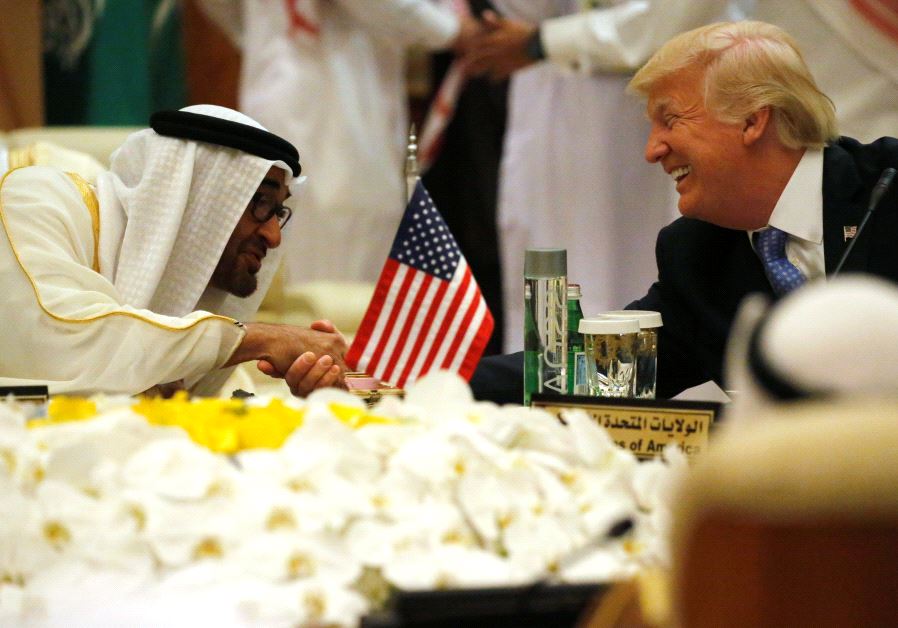
22
May
A New Game, New Rules: How Trump’s Riyadh Trip Reshaped the Middle East
Donald Trump’s 2017 visit to Riyadh was a turning point in U.S. policy toward the Middle East. Saudi excess anticipated it. Fighter jets escorted his plane, and Arab horses flanked his motorcade. Palace lunches were merely the beginning. But a meeting with Ahmed al-Sharaa, a former Syrian hardliner, trumped them all. The meeting, once unthinkable, was a fresh start.
Trump’s method was also distinctly different from his own immediate antecedents. Transactional relationships were given the highest priority. Arms sales and business came at the top of the negotiating agenda. The old focus on human rights and democracy was no longer present. The Saudi arms deal, the sale worth multi-billions, was characteristic of the shift in direction. It demonstrated excessive preoccupation with regional stability within a framework of military power.
This transactional approach had long-term consequences. It empowered the regional players, led by Saudi Arabia. The Saudis grew more assertive on the foreign policy front. The Yemen war escalated. Regional rivalry grew. The Iran-Saudi proxy war deepened. This created an unstable environment.
The handshake of al-Sharaa recalled yet another hallmark: pragmatism rather than ideology. He would have been anathema to earlier American policy. Trump suggested that he was willing to negotiate with former enemies, though. That pragmatism, as valuable as it was, risked legitimizing questionable actors. It also undercut American values.
The ramifications extended beyond bilateral. Trump’s move changed the dynamics of power within the region. Traditional alliances were in doubt. New shifts were forged. Israel, to cite one example, was allying itself with Saudi Arabia in its opposition to Iran. The changed balance changed the security dynamics of the region.
The Palestinian conflict, which had been the central issue for so long, was relegated to the back burner. Iran became Trump’s priority, and it put the Israeli-Palestinian conflict on the back burner. This enraged Palestinian leaders. It also opened the door to the potential power vacuum, and other regional powers were quick to take advantage of it.
Trump’s policy also had an impact on the war on terror. Military solutions took precedence, rewarding as it was in some ways, but they did not address the root causes. Extremism prospered in the atmosphere of uncertainty in the region. Poor governance and development also caused issues.
The Iranian nuclear deal, the crown jewel of Obama’s foreign policy, was put to the test. Trump’s Iran-bashing worked with some in the region. It raised tensions. It risked killing the future of the deal. It risked triggering a nuclear arms race throughout the region.
The Syrian crisis was added to by the Kurdish crisis. The Kurds, a valuable ally in the combat against ISIS, were provoked. Trump’s withdrawal from Syria exposed them to being attacked. It hurt American credibility. It left a vacuum to be exploited by the other players.
Regional implications were multifaceted. Policy responsiveness by America was much, but eventually a danger as well. It consolidated some players, but destabilized others. The stress on pragmatic transactional linkages threatened to undo long-term stability.
The Middle East, already suffering, was confronted with new challenges. Trump’s actions, intended in a sense to reverse American withdrawal, produced a delicately balanced and fragile environment. But their long-term consequences were uncertain.
A calculated analysis finds that, while a reset was very much on the cards, it was not taken strategically to the ground level. Short-term gains became the order of the day, replacing longer-term stability. This was the danger of aggravating existing tensions.Some of them are relevant to American policy in the future. Balance is necessary, though. Military power must be balanced by diplomacy. Regional dialogue must be encouraged. Human rights and the rule of law cannot be overlooked.
Additionally, a wide strategy for pursuing the causes of extremism is needed. Social development and transformation are crucial. The Palestinian cause must be re-examined. A comprehensive and fair settlement of the issue is required for Middle Eastern peace.
Above everything, a stable and predictable policy is needed. Policy change destroys the credibility of Americans. American credibility is achievable through establishing the relations of trust with regional allies. It requires sensitivity to the niceties of the region.
Overall, Trump’s Middle East reset created a seismic shift. Its significance runs deep and far. The region’s convoluted issues need to be addressed by a more sane, strategic, and sustained policy. Peace and stability can then follow only after that, but forevermore.
By Bethelhem Fikru,Researcher,Horn Review

